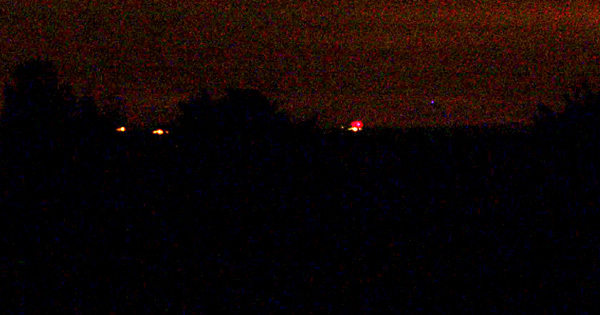dr-ebert
0
- Joined
- Mar 8, 2009
- Messages
- 710
- Points
- 0
You can simulate how the beam would look let's say 1 km away: simply defocus the laser so that it creates a spot about 1m in diameter (corresponding to 1mrad divergence). Then look at the laser. I did that with my 250mW red: it's very bright (not blinding, not painful, something like sunlight reflecting off a piece of chrome).
100km away, the beam diameter would be 100 times greater, the area covered would be 10,000 times as big. Thus the brightness would be 10mag less (astronomically speaking). That would most likely still make it a lot brighter than Venus (I'm too lazy currently to calculate an estimate of the visual magnitude you'd get).
Actually I have little doubt that you could clearly see one of our tiny handheld lasers on the ISS.... IF you could track it accurately (which would require a GOTO-telescope as a mount).
100km away, the beam diameter would be 100 times greater, the area covered would be 10,000 times as big. Thus the brightness would be 10mag less (astronomically speaking). That would most likely still make it a lot brighter than Venus (I'm too lazy currently to calculate an estimate of the visual magnitude you'd get).
Actually I have little doubt that you could clearly see one of our tiny handheld lasers on the ISS.... IF you could track it accurately (which would require a GOTO-telescope as a mount).





